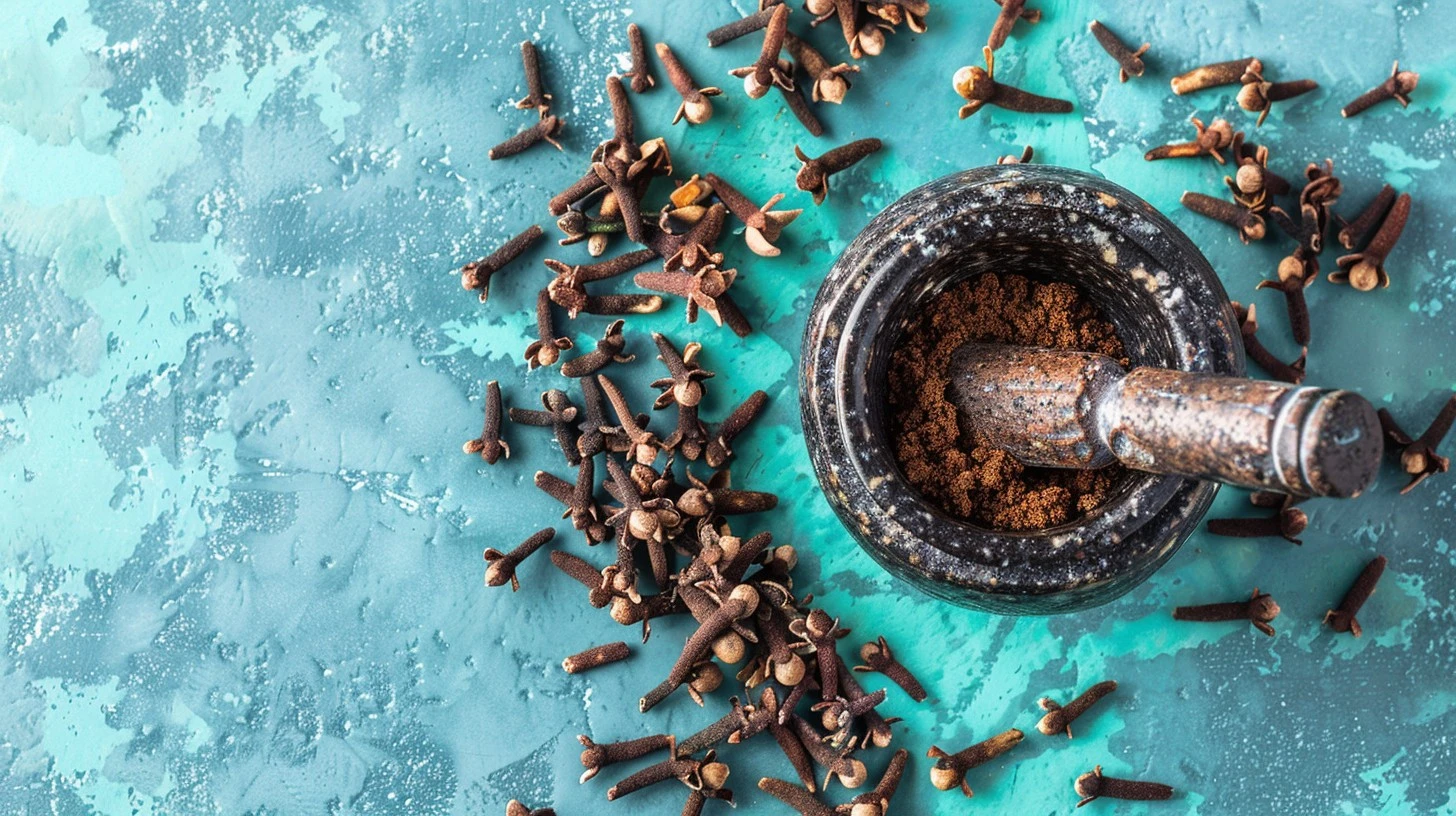
Sri Lanka, often referred to as the “Pearl of the Indian Ocean,” is not only rich in history and culture but also in its diverse culinary heritage. The island’s food reflects a unique blend of influences from South Indian, Malay, Dutch, Portuguese, and British cuisines. From fiery curries to sweet delicacies, Sri Lankan cuisine offers a vibrant experience for your taste buds. Let’s dive into the flavorful world of Sri Lankan food, where each dish tells a story of the island’s multicultural heritage.
One cannot talk about Sri Lankan cuisine without mentioning its legendary curries. Sri Lankan curries are known for their deep, rich flavors, achieved through a mix of aromatic spices such as cumin, coriander, cinnamon, and turmeric. From the much-loved chicken curry (kukul mas curry) to fish ambul thiyal (sour fish curry), every region adds its own twist to these classic dishes.
Rice is at the heart of Sri Lankan meals and is often accompanied by a variety of curries and sambols. But it’s not just plain rice that takes center stage—there’s also kiribath, a creamy coconut milk rice traditionally served during special occasions.
Coconut is equally essential, featuring in everything from curries and sambols to sweets and desserts. Whether it’s the grated coconut in sambols or coconut milk used to thicken curries, it adds a rich and creamy texture to many dishes.
Sri Lankan street food is a feast for all senses, from the sizzling hot hoppers to crunchy samosas sold by local vendors. A few must-try street food items include:
Kottu Roti: A favorite among locals, kottu is made by stir-frying chopped roti bread with vegetables, eggs, or meat, all seasoned with fragrant spices.
Hoppers (Appa): A bowl-shaped pancake made from fermented rice flour and coconut milk. There are different varieties like plain hoppers, egg hoppers (with an egg in the center), and sweet hoppers with palm sugar.
Wade (Vadai): Lentil fritters that are crispy on the outside and soft on the inside. They’re perfect as a snack, especially when paired with a spicy sauce.
For those with a sweet tooth, Sri Lanka has a variety of desserts and snacks that showcase its sweet, tropical flavors. From jaggery to fresh coconut and tropical fruits, the island’s desserts are both indulgent and refreshing.
Watalappan: A rich custard made with coconut milk, jaggery (palm sugar), eggs, and a hint of cardamom.
Kiribath (Milk Rice): Often eaten during celebrations, kiribath is rice cooked with coconut milk and served with lunu miris (spicy sambal) or jaggery.
Kavum: These deep-fried rice flour cakes, often sweetened with treacle, are traditionally made during the Sinhala and Tamil New Year.
Sri Lankan cuisine is a testament to the island’s melting pot of cultures. The influence of South Indian, Malay, Arab, and European settlers is reflected in both the techniques and ingredients used. Dishes like Buriyani (Sri Lankan biryani), lamprais (a Dutch-influenced rice dish), and Malay achcharu (pickle) showcase the country’s multicultural culinary tapestry.
Exploring the food of Sri Lanka is not just about indulging in delicious flavors but also experiencing the rich cultural history that has shaped the island’s culinary traditions. From fiery curries to sweet watalappan, every bite offers a glimpse into the diverse and vibrant history of the country. Whether you’re wandering through a bustling street market or dining at a local restaurant, you’re sure to savor the unique taste of Sri Lanka.
You can send your enquiry via the form below.
1 Comment
This article about Sri Lanka has me dreaming of a trip! The idea of relaxing on those beautiful shores sounds amazing. Can’t wait to experience it in person!